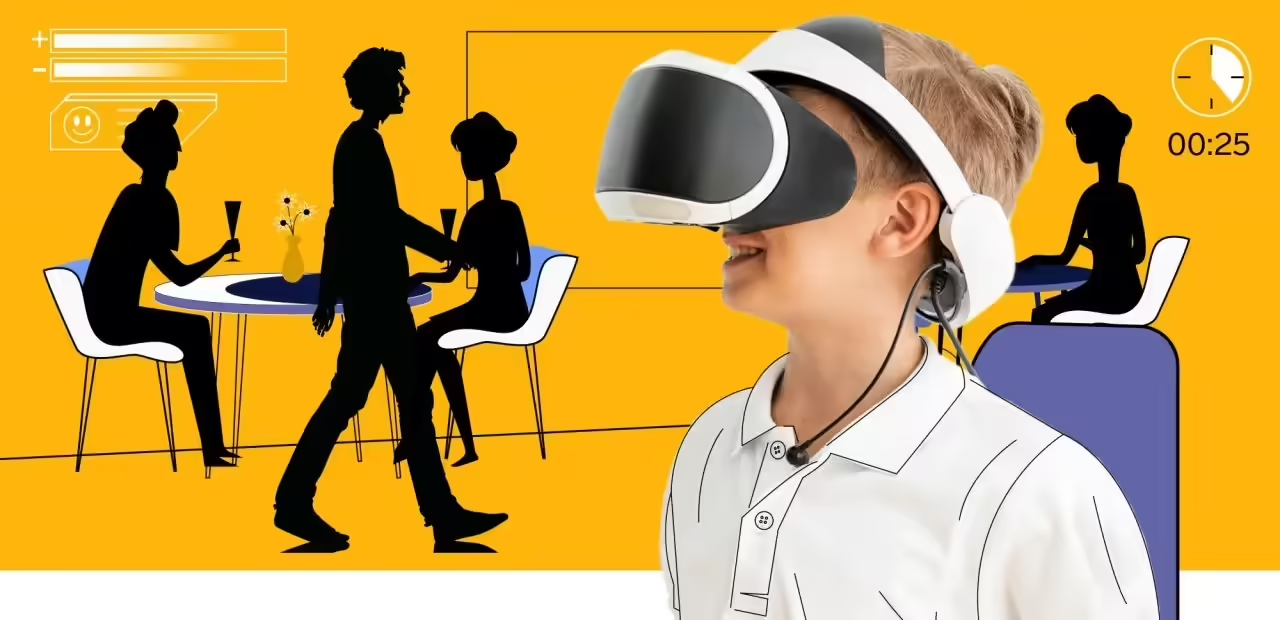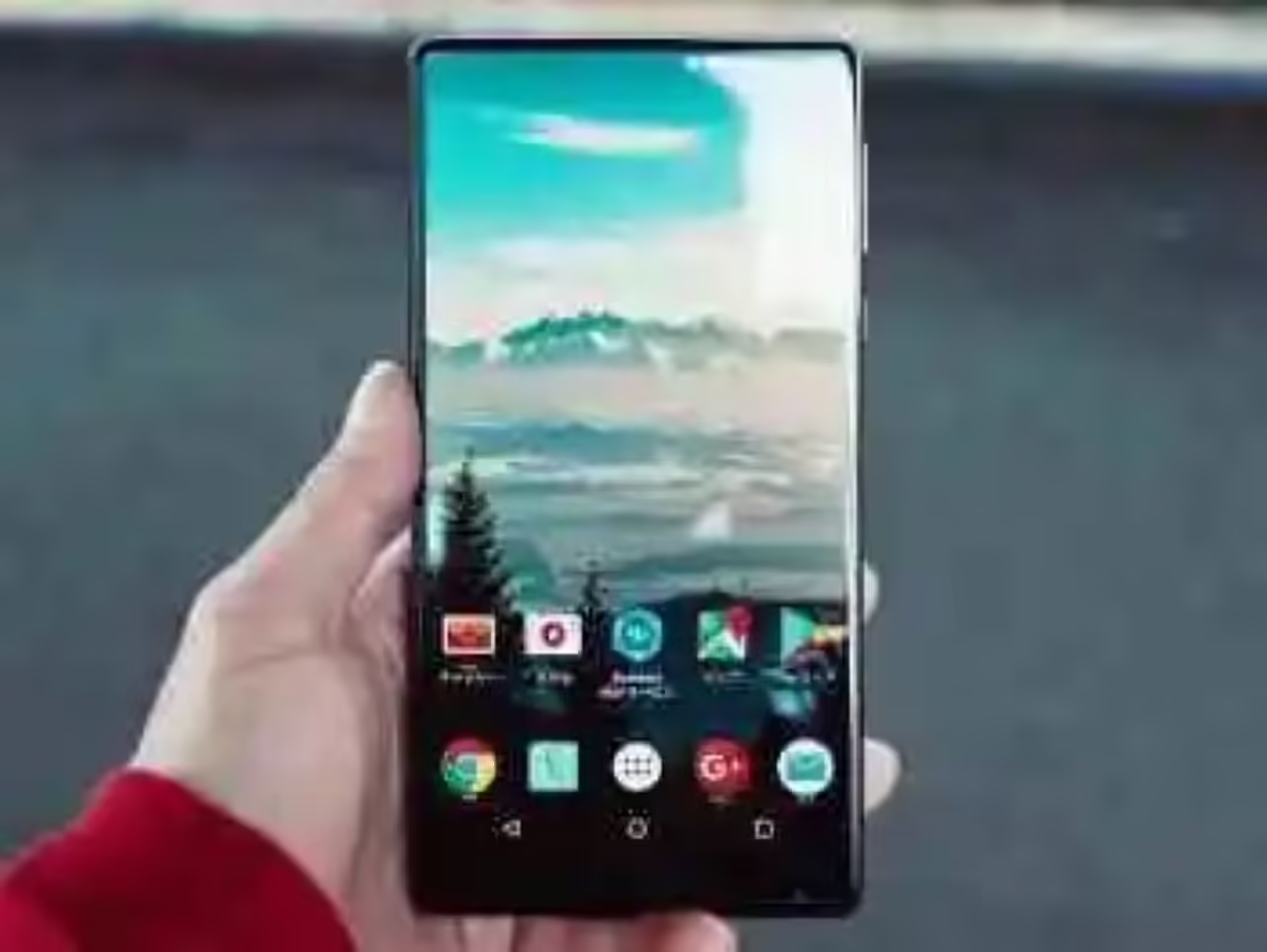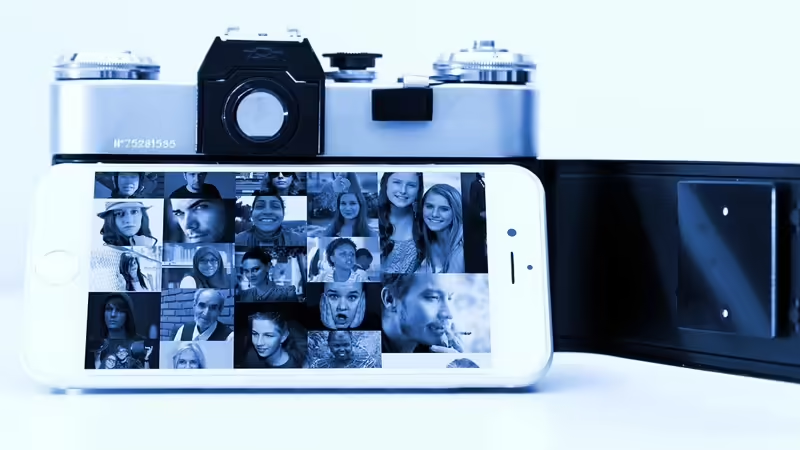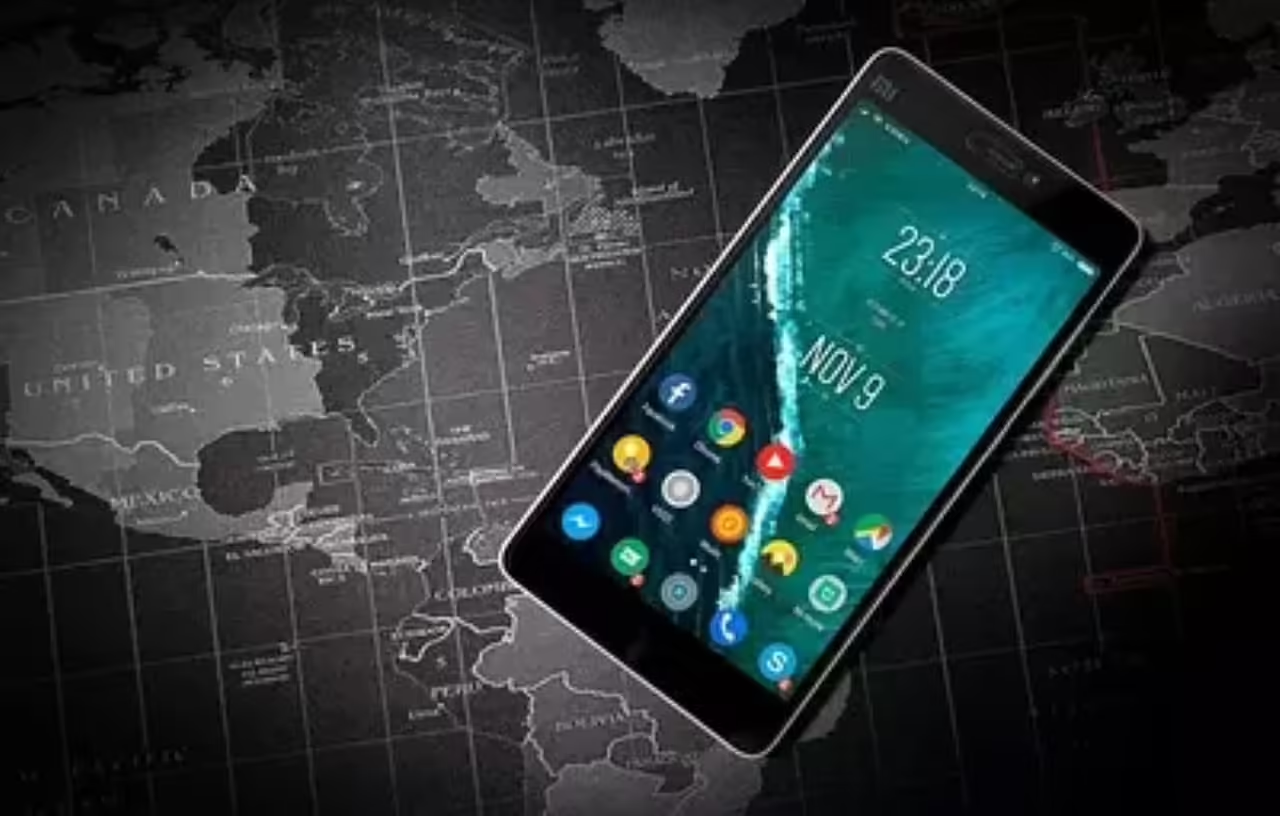
Augmented Reality (AR) is a technology that allows virtual elements to be overlaid on the real environment, creating an interactive and immersive experience. One of the most promising applications of AR is remote communication with our loved ones, especially in times of pandemic and confinement.
How can AR bring us closer to family and friends who live far away? One possibility is to use devices like AR glasses or headsets, which enable us to see and hear the other person as if they were right beside us, and even interact with them through gestures or virtual touches. Another option is to use AR mobile applications, allowing us to insert the other person into our real environment, as if they were a hologram, and engage in natural conversation with them.
These forms of remote communication with AR offer several advantages over traditional methods such as video calls or text messages. On the one hand, they allow us to feel a greater presence and closeness to the other person by seeing them in life-size and three dimensions. On the other hand, they enable us to share our context and experiences with the other person by showing them what we see and involving them in what we do.
AR can be a very useful tool for maintaining contact and affection with our loved ones at a distance, especially in challenging or emergency situations. However, we must also consider the potential risks or limitations of this technology, such as privacy, security, accessibility, or the quality of the connection. Therefore, it is important to use AR responsibly and as a complementary tool, without replacing real physical and emotional contact whenever possible.
Unveiling Augmented Reality (AR): A Journey Through its Evolution in Modern Society
In the rapidly advancing landscape of technology, Augmented Reality (AR) stands as a beacon of innovation, seamlessly blending the virtual and physical realms. This transformative technology has evolved significantly, becoming an integral part of our modern society.
Understanding Augmented Reality (AR): A Brief Overview
At its core, Augmented Reality enhances our real-world experiences by overlaying digital information onto the physical environment. Unlike Virtual Reality (VR), which immerses users entirely in a simulated environment, AR enriches the real world with additional layers of information, creating a harmonious fusion of the physical and digital.
The Genesis of Augmented Reality
The concept of Augmented Reality can be traced back to the early 1960s, with computer scientist Ivan Sutherland’s creation of the first head-mounted display system, known as the “Sword of Damocles.” This primitive system laid the groundwork for AR by introducing the idea of digitally altering the user’s perception of reality.
Evolution in the Digital Age
Fast forward to the digital age, and AR has undergone a remarkable evolution. Advances in hardware, such as powerful processors and high-resolution cameras on smartphones and smart glasses, have propelled AR into the mainstream. Popular applications like Pokémon GO brought AR into the public consciousness, showcasing its potential for immersive and interactive experiences.
AR in Modern Society: Applications and Impact
Today, Augmented Reality has found applications across diverse fields. From education and healthcare to retail and entertainment, the impact of AR is far-reaching. In education, AR enhances learning by providing interactive and dynamic content. In healthcare, it aids in surgical planning and medical training. The retail sector employs AR for virtual try-ons and interactive shopping experiences, while the entertainment industry leverages it for captivating storytelling.
Challenges and Future Prospects
Despite its rapid integration into various sectors, AR is not without challenges. Issues related to privacy, user experience, and technological limitations are areas that researchers and developers continue to address. However, the future of AR looks promising, with ongoing advancements in hardware, software, and user interfaces set to overcome current limitations and unlock new possibilities.
Navigating Emotional Terrain: The Impact of Physical Distance on Personal Relationships
In an era characterized by global connectivity, the effects of physical distance on personal relationships have become a poignant and prevalent aspect of our lives.
The Emotional Strain of Physical Distance
The geographical dispersion of loved ones, whether due to career choices, educational pursuits, or other life circumstances, can exert a profound emotional strain on relationships. The inability to share physical spaces and everyday moments can lead to a sense of longing and isolation.
Communication Challenges in the Digital Age
While technological advancements have bridged many gaps, they also bring forth unique challenges. Digital communication tools, though invaluable, may fall short in conveying the depth of emotions present in face-to-face interactions. The nuances of body language and the subtleties of shared spaces are often lost in the digital realm.
Erosion of Shared Experiences
One of the fundamental building blocks of strong relationships is the creation of shared memories and experiences. Physical separation can impede the organic development of these shared moments, potentially leading to a gradual erosion of the emotional foundation that sustains relationships.
Coping Mechanisms and Adaptations
Despite the challenges, individuals and families often develop coping mechanisms to navigate the emotional landscape of distance. Scheduled video calls, virtual gatherings, and the exchange of digital media become lifelines, offering glimpses into each other’s lives and maintaining a semblance of connection.
The Resilience of Emotional Bonds
Interestingly, some relationships not only withstand the test of physical distance but emerge stronger. The intentional effort required to maintain connections across miles can deepen emotional bonds, fostering a sense of appreciation and gratitude for the people in our lives.
Cultural and Societal Influences on Long-Distance Relationships
The impact of physical distance on relationships is also influenced by cultural and societal norms. Some cultures place a strong emphasis on familial proximity, while others may encourage independence and geographical mobility. These cultural dynamics can shape the ways in which individuals perceive and navigate long-distance relationships.
Augmenting Connections: Practical Applications of AR in Long-Distance Relationships
In a world where physical separation challenges emotional bonds, Augmented Reality (AR) emerges as a transformative tool, enriching the fabric of long-distance relationships.
Virtual Date Nights: Enhancing Romance Beyond Borders
AR enables immersive virtual date nights, transcending the limitations of physical distance. Couples can share interactive experiences like dining in virtual restaurants or strolling through augmented landscapes, fostering a sense of shared presence.
Augmented Memory Lane: Reliving Shared Moments
AR applications provide a platform for reliving shared memories. By superimposing digital content onto real-world environments, individuals can virtually revisit places of significance, turning video calls into nostalgic journeys down memory lane.
Virtual Hugs and High Fives: Adding Touch to Distance
Overcoming tactile limitations, AR introduces the potential for virtual touch. Applications simulating hugs, high fives, or shared virtual spaces where users interact with each other’s avatars contribute to a more sensory-rich long-distance relationship experience.
Shared Augmented Spaces: Breaking Down Walls
AR breaks down physical space barriers by creating shared augmented environments. Couples or families can project their virtual presence into a common space, allowing for a sense of togetherness even when physically apart, offering a more immersive experience than traditional video calls.
Customized Augmented Greetings: Adding Personal Flair
AR enables users to create personalized augmented reality greetings. Sending virtual messages that pop up in specific locations or leaving surprise AR notes adds a creative and personalized touch to long-distance connections.
Collaborative AR Projects: Building Together from Afar
For those with shared interests, AR provides a platform for collaborative projects. From planning a virtual vacation to designing a dream home in augmented reality, these experiences enhance the feeling of joint accomplishment and shared goals.
Virtual Celebrations: Marking Milestones in AR
AR transforms milestone celebrations. Whether a birthday, anniversary, or graduation, AR can create virtual events where loved ones participate and share joyous moments, irrespective of physical proximity.
Language of Augmented Love: Expressing Affection Creatively
AR allows for creative expressions of affection, from virtual love notes to personalized augmented reality art. The technology becomes a canvas for innovative expressions, making long-distance relationships more vibrant.
Surpassing the Temporal Barrier with Augmented Memories
In a world where time often threatens to fade cherished moments, Augmented Reality (AR) emerges as a poignant guardian of shared memories.
Unveiling the Power of Augmented Nostalgia
AR introduces a novel approach to reliving the past, allowing individuals to superimpose digital layers onto their physical surroundings. This innovative technology transforms ordinary spaces into repositories of augmented nostalgia, rekindling the emotions tied to memories that may otherwise dim with the passage of time.
Recreating Shared Spaces: A Journey Through Time
One of the key features of AR in memory preservation is its ability to recreate shared spaces. Through augmented reality, users can revisit locations significant to their shared history, virtually transporting themselves back in time and re-experiencing the emotions embedded in those moments.
Digital Archives of Shared Experiences
AR serves as a digital archive, cataloging shared experiences in a dynamic and interactive format. From milestone celebrations to everyday adventures, these augmented archives provide a visual and immersive means of preserving the narrative of shared lives, fostering a deeper connection to the past.
Time-Traveling Narratives: Storytelling in AR
The storytelling potential of AR is harnessed to craft time-traveling narratives. Users can curate augmented stories that unfold as they move through physical spaces, allowing for a seamless blend of past and present. This innovative storytelling approach becomes a bridge between generations and a way to pass down family narratives.
Personalized Augmented Albums: A Modern Keepsake
AR enables the creation of personalized augmented albums, redefining the concept of traditional photo albums. Each image comes to life with embedded digital content, turning a static photograph into an immersive experience that captures not just the moment but the emotions and context surrounding it.
Connecting Generations through Augmented Memories
The ability of AR to transcend time resonates profoundly in connecting generations. Grandparents can share augmented stories of their youth with grandchildren, fostering a sense of continuity and understanding that might be challenging through conventional means.
Preserving Cultural Heritage: Augmented Traditions
AR becomes a guardian of cultural heritage by preserving traditions in augmented form. From rituals to festivals, the technology ensures that cultural practices are not only remembered but also experienced in a way that resonates with contemporary audiences.







